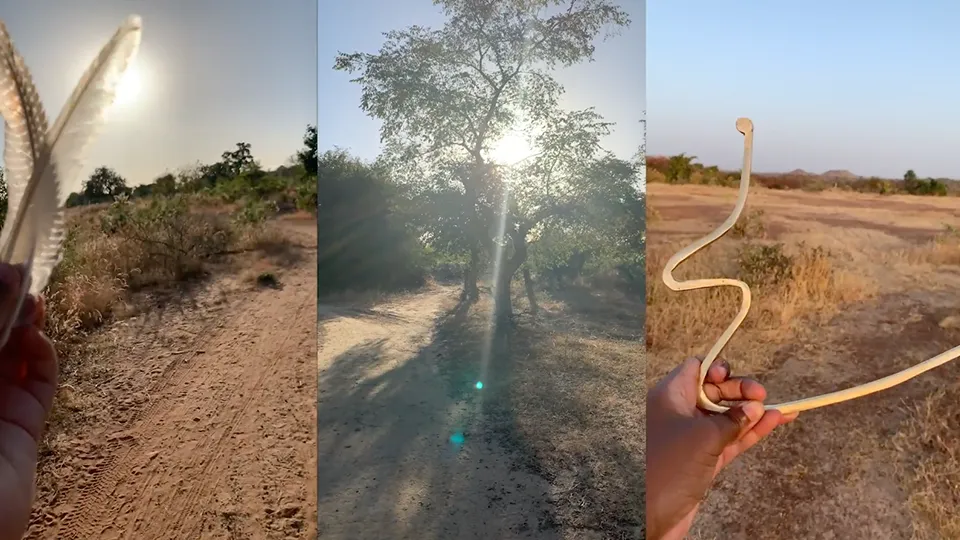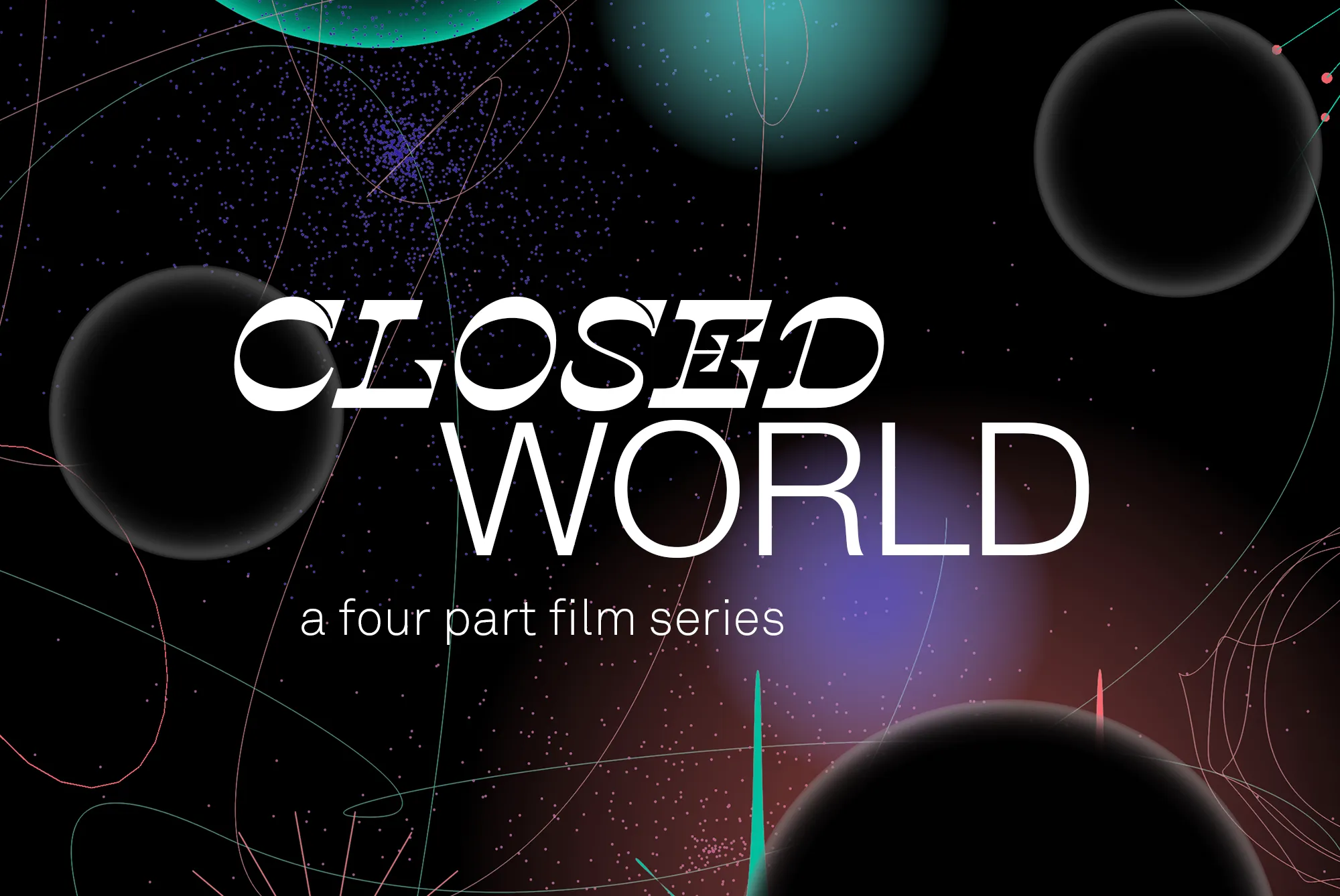
Closed World
A four-part film program presented in conjunction with Makeshift Memorials, Small Revolutions
Upcoming Screenings:
TUE MAR 4
11a Part I: closed world redux: Exercise in Grief
1p Part II: closed world redux: Exercise in Memory/Memorialization
THU MAR 6
11a Part III: closed world redux: Exercise in Resilience
1p Part IV: closed world redux: Exercise in Recovery/Rebuilding
FRI MAR 7
11a Part I: Exercise in Grief
12:30p Part II: Exercise in Memory/Memorialization
1:30p Part III: Exercise in Resilience
3p Part IV: Exercise in Recovery/Rebuilding
A four-part film program presented in conjunction with Makeshift Memorials, Small Revolutions.
To coincide with Makeshift Memorials, Small Revolutions, Innocent Ekejiuba and Erika Mei Chua Holum co-curate a four-part film program entitled Closed World. The film program is designed as four exercises in healing, encompassing grief, memory/remembrance, resilience, and rebuilding/recovery. The four-part exercises build and unbuild a “closed world” progressively and collaboratively, through community participation. Accordingly, the exercises are designed as a generative system which replicates multiple environments including the home, the theater, and the gallery space. A ‘closed-world’ or ‘closed-loop system’ examines the earth as a whole—as a complete and interconnected system. The Closed World film program will be held in venues in Texas (Blaffer Art Museum, Houston; The Contemporary, Austin), Indonesia (inaugural Friendship Pavilion in 900mdpl biennale in Kaliurang, Yogyakarta, in collaboration with curators Mira Asriningtyas and Dito Yuwono); and in Peru (Proyecto AMIL, Lima). Expanding the community conversation of the exercises, each venue additionally invites artists as part of the film programs.
A closed world is built and unbuilt through the progression of the four-part exercises and the community’s participation. The film program is predicated on the credo that it is not enough to talk about healing or grief, a complete healing process must be undertaken as a community in order to ensure that rebirth happens on a communal scale.
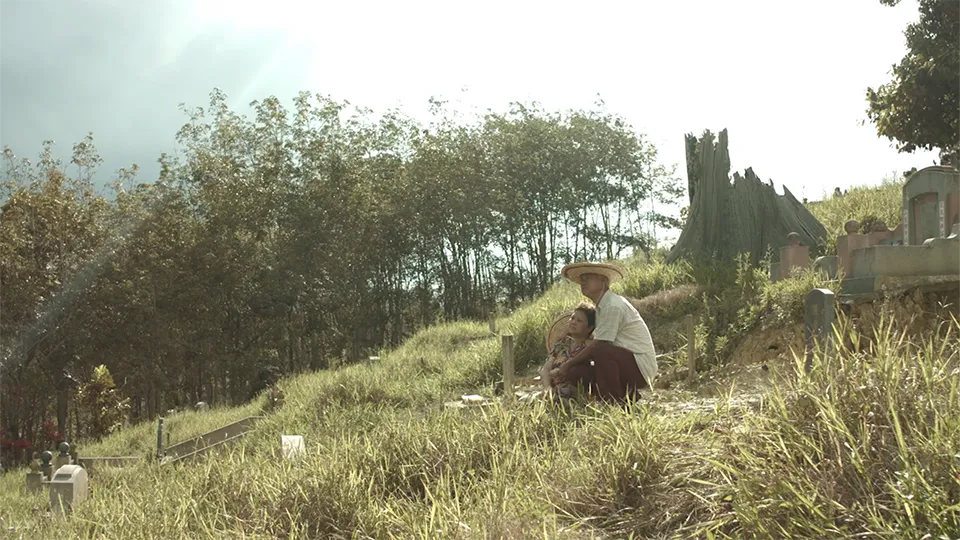
Exercise in Grieving
Films:
Chan Teik Quan, Weeping Birds, 2018
Pooja Gurung & Bibhusan Basnet, DADYAA: The Woodpeckers of Rotha, 2018
Saige Kanik, After We’re Gone, 2024
Runo Lagomarsino, Yo también soy humo (I am also smoke), 2020
Araya Rasdjarmrearnsook, The Class, 2005
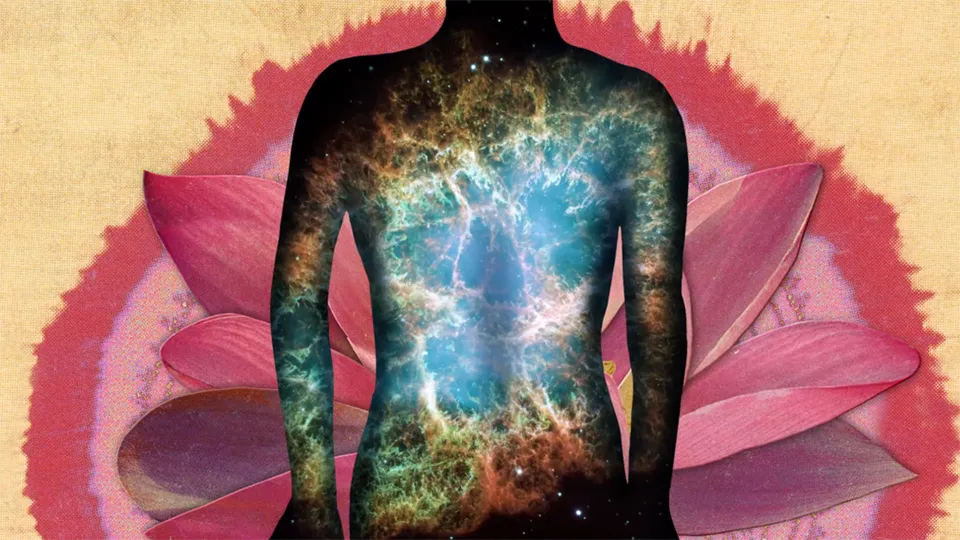
Exercise of Remembrance and Memory
Films:
Aline Baiana, At that time when everything was human, 2016
Martha Colburn, Western Wild … or How I Found Wanderlust and Met Old Shatterhand, 2017
Chitra Ganesh, Silhouette in the Graveyard, 2018
Jakrawal Nilthamrong, Invalid Throne, 2018
Thania Petersen, KASSARAM, 2020
Sriwhana Spong, Beach Study, 2012
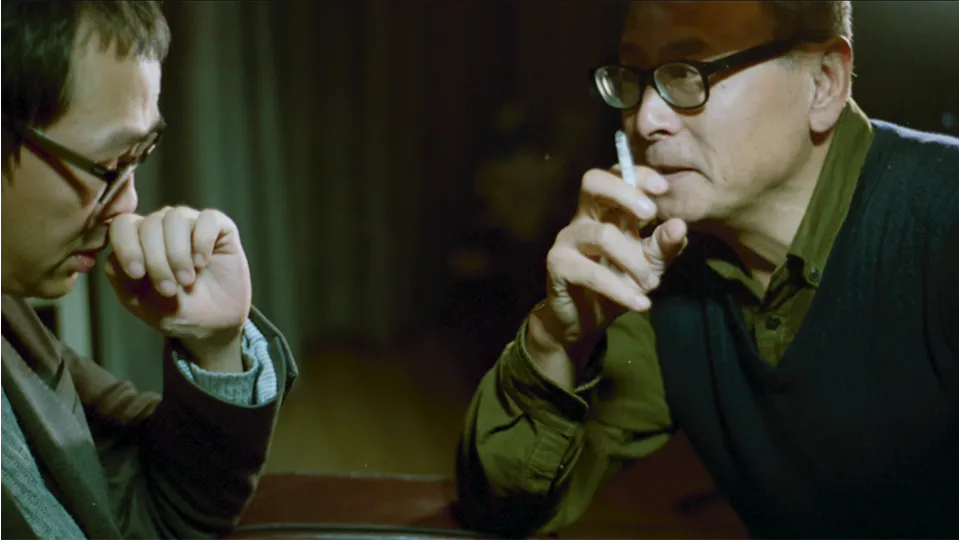
Exercise in Resilience
Films:
Nguyen Phuong Linh, Memory of the Blind Elephant, 2016
Nguyen Trinh Thi, How to Improve the World, 2021
Wang Tuo, The Interrogation, 2017
